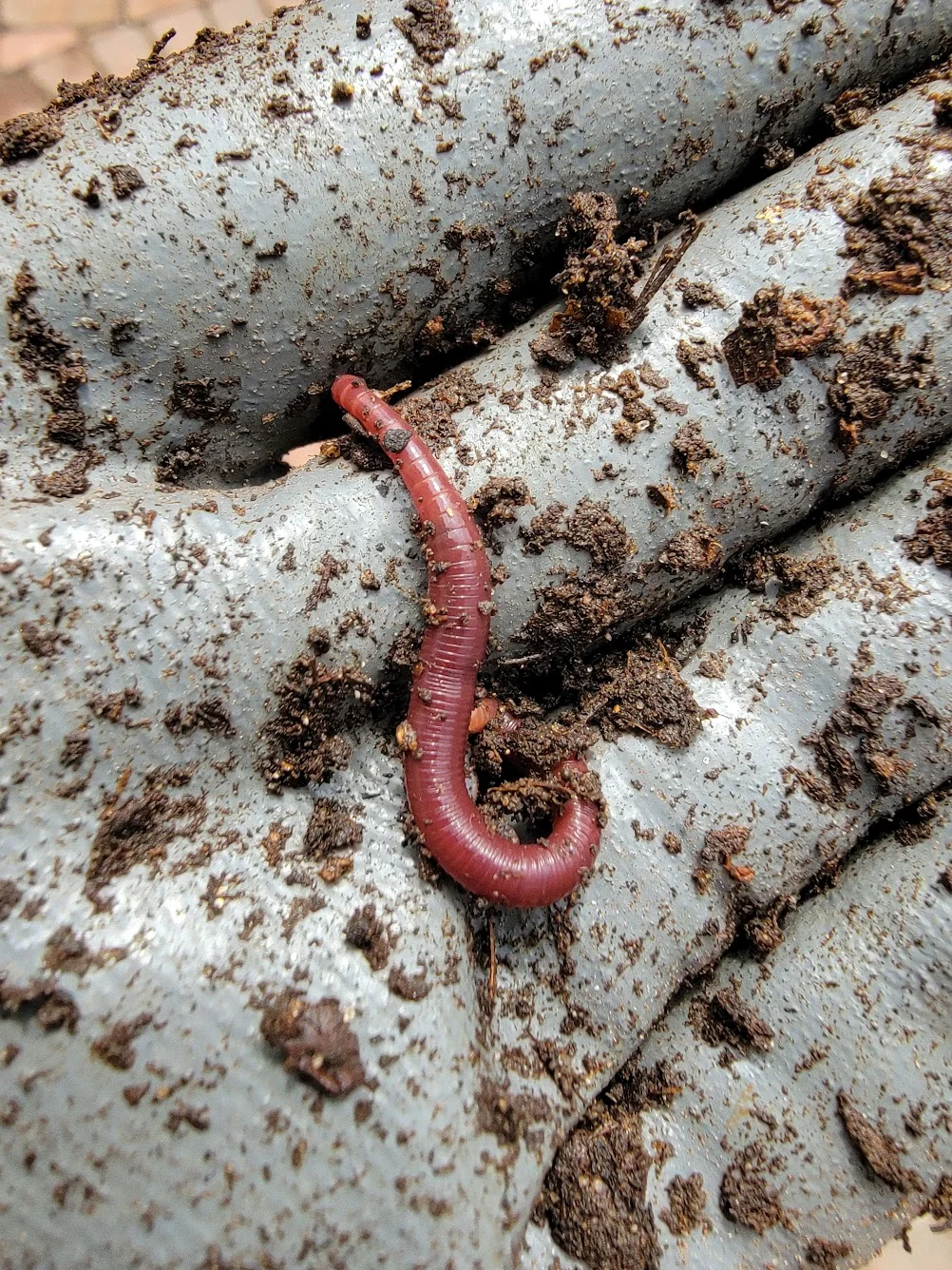
An invasive type of worm from Asia is posing a new challenge to Midwest gardeners. In gardens and yards, these jumping worms are wreaking havoc, so you need to take precautions to save your prized plants. Because they are tenacious and lack natural predators in the United States, these worms can proliferate quickly and cause destruction wherever they go.

The Asian jumping worms eat the soil, leaving it depleted and in bad condition. Their insatiable appetite modifies the structure of the soil, causing it to lose moisture retention and become depleted of nutrients. This makes the soil more susceptible to erosion, which further complicates the situation for plants trying to grow.
These worms may be really scary in addition to harming the soil. Despite the term suggesting they may “jump,” they move more like a twisted snap, which contributes to their unsettling appearance. Several states have acted to stop this dangerous invasion because they understand how important it is to handle this matter. Wisconsin, Missouri, Illinois, Iowa, Minnesota, Nebraska, Ohio, Texas, Louisiana, Indiana, Kansas, Kentucky, Tennessee, and Oklahoma are among the states that are impacted.
If you see these worms, you should get rid of them immediately to protect your garden. By stealing nutrients from the soil, these invasive worms deprive nearby plants and animals of their food supply. The local ecosystem deteriorates in the absence of a suitable habitat, which causes a decrease in the number of plants and animals.
There are steps you may take to fight these worms if you live in one of the impacted states. The University of Wisconsin-Madison Arboretum’s Brad Herrick, an ecologist, advises sprinkling a mixture on the ground to encourage the worms to come up for air and leave their underground homes. This technique can shield your garden from them and help lower their population.
A distinguishing feature of the Asian jumping worm’s body is a white ring that is situated near to its head. It’s best to get rid of these worms right away if you find them. Any mature worms you find should be disposed of after being placed in a plastic bag and left in the sun for at least 10 minutes. Furthermore, it’s crucial to avoid buying these worms for composting, gardening, or bait. Since their eggs cannot withstand temperatures higher than 104 degrees Fahrenheit, only purchase mulch or compost that has been thoroughly heated to reduce the chance of their spreading.
We can preserve the health and vibrancy of our ecosystems as well as our gardens by acting proactively to combat this invasive plant. By working together, we can end the jumping worm’s destructive reign and bring harmony back to our Midwest gardens. To find out more about these invasive worms and their effects, watch the video below:
Man kept hearing strange noises under driveway, it led to an astounding discovery
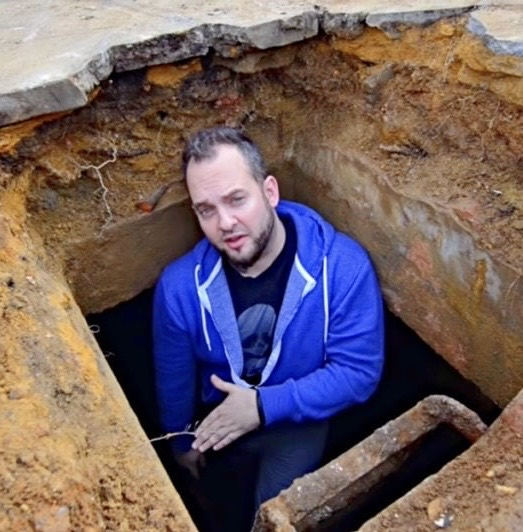
A 37-year-old man by the name of Simon Marks discovered something quite odd. In other words, he has been residing in the same home for a while, but he only lately realized that he was unaware of what was concealed in the home he had purchased a few years prior.

One day, he came upon what he thought to be a flowerbed while attempting to park his car. His car’s wheels became stuck, and from the driveway, he could hear odd cracking sounds.
He said to himself, “Well, this day couldn’t get any worse.”
Marks bent down to investigate the problem more closely and saw that the driveway’s stones had cracked, causing the driver to give way. The sound of the pavers breaking revealed an incredible finding.
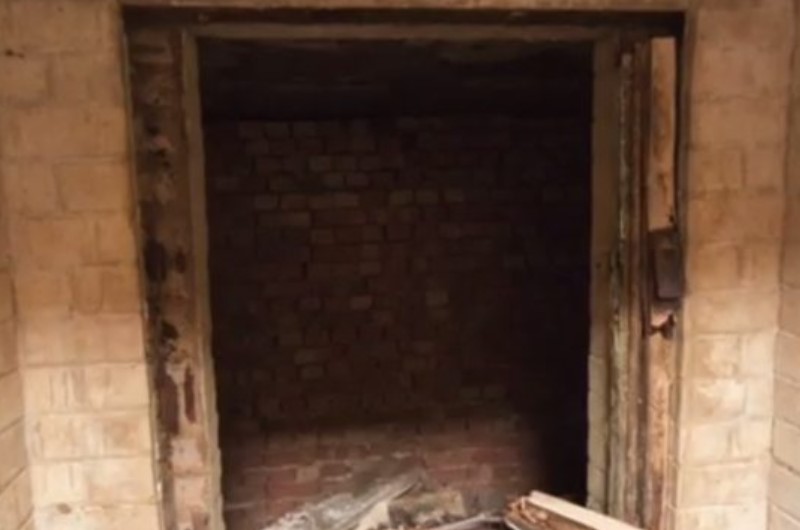
After he had cleared away all the dirt, he saw a metal fragment beneath. Marks clutched the metal piece, not knowing what might be underneath the driveway, and attempted to pull it out, but to no avail. Then he circled around to find out more about the enigmatic thing.
He phoned his father for assistance because he didn’t know what to do next. Together, they were able to remove a large amount of tightly packed muck, which finally revealed an opening. The two men descended the ancient, rusted ladder, curious to see where it would take them.
Marks recalled, “My dad saw it and knew right away that it was an air raid shelter.””After searching on Google, we discovered that there are many in this area.”
The shelter they found in Marks’ garden looked to have been constructed during World War II.
According to Marks, “the previous owner must have known it was there and he must have filled it in when he built the house and put a garden in.”

During the war, these shelters were meant to shield civilians from bombing. It is thought that a guy by the name of Sir John Anderson invented them.
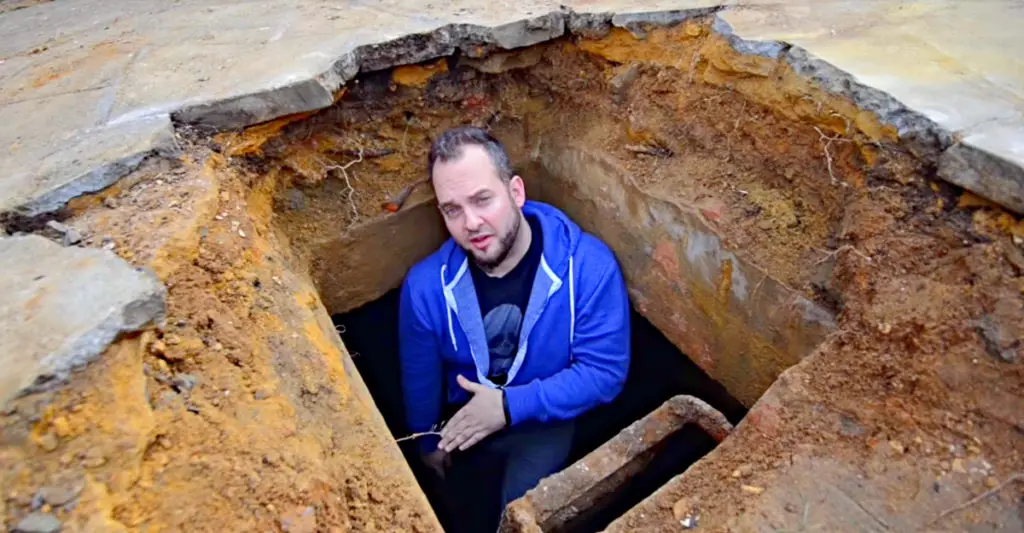
A wall has been sealed with bricks. Though we don’t know, I’m ninety percent certain we won’t discover any more chambers. In order to make room for the foundations when the home was erected, they may have bricked up one of the walls, according to Marks.”We’ll just have to leave it if that’s the case,” he continued.
His discovery was captured on camera, and soon his tale went global.
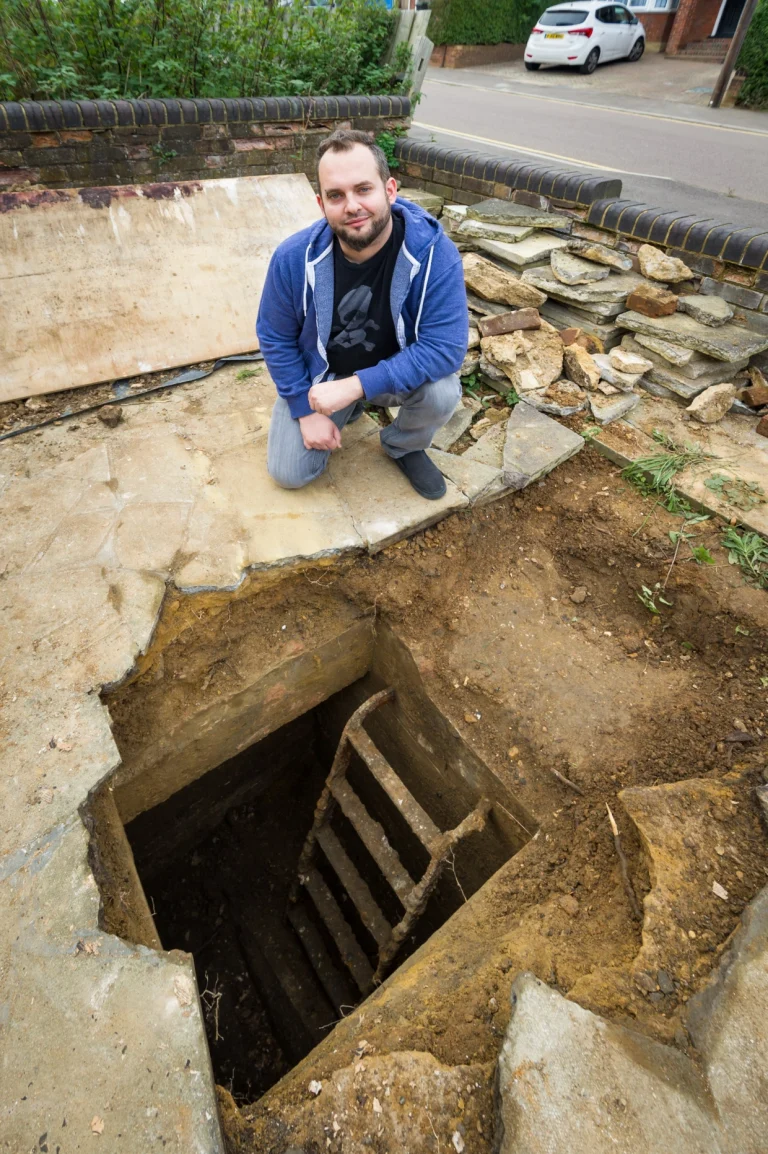
Marks and his father consider the shelter to be a significant historical landmark, therefore they intend to restore it. They contend that although if that era of history is in the past, it shouldn’t be ignored since it gives us a glimpse into bygone times.



Leave a Reply